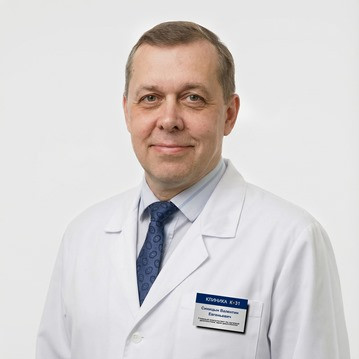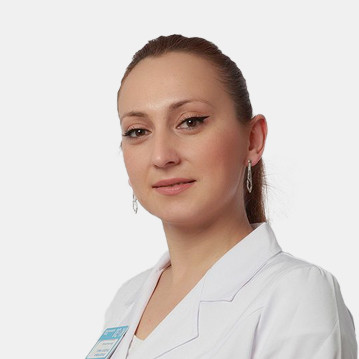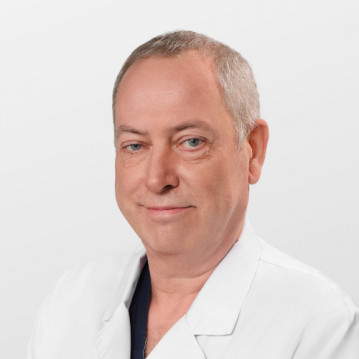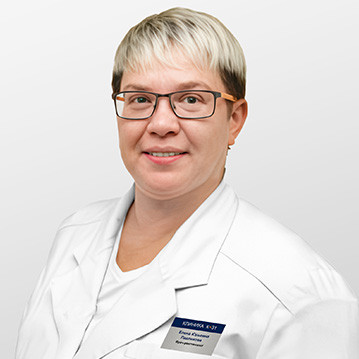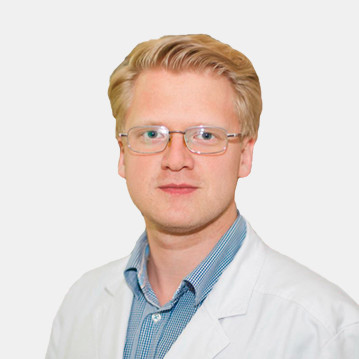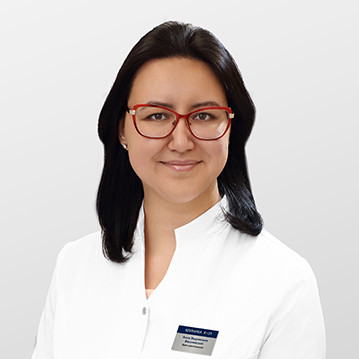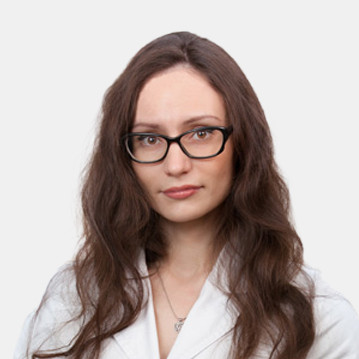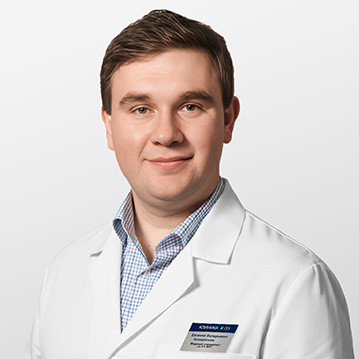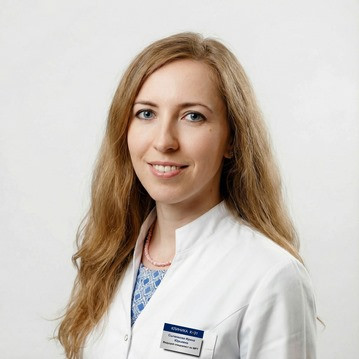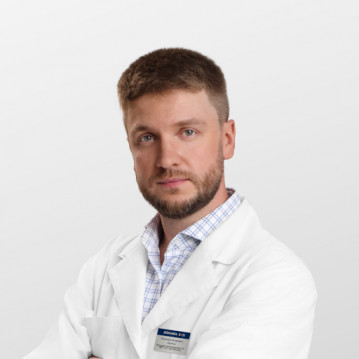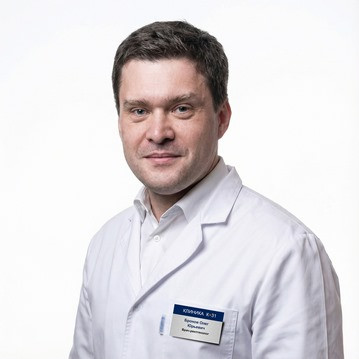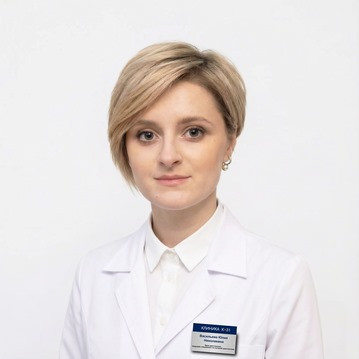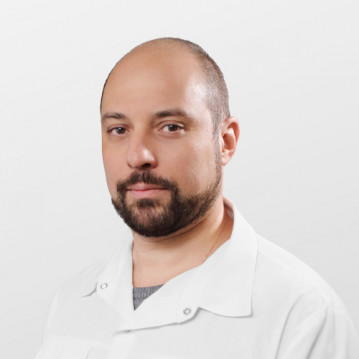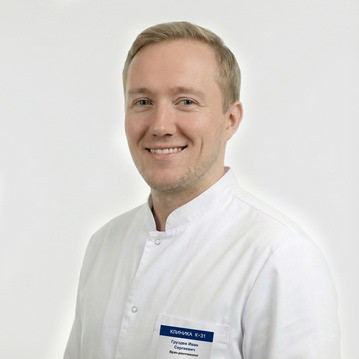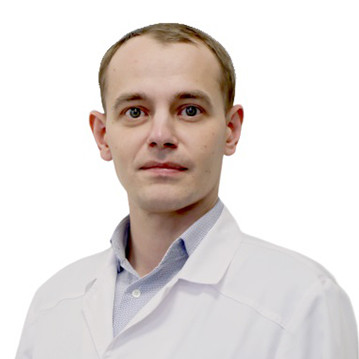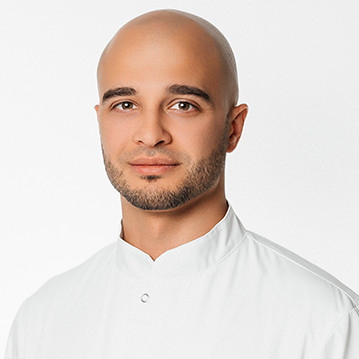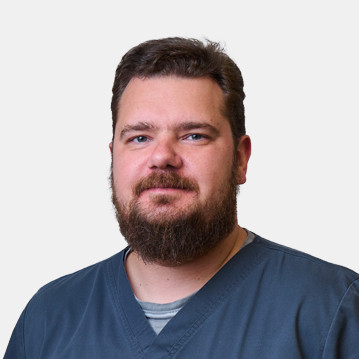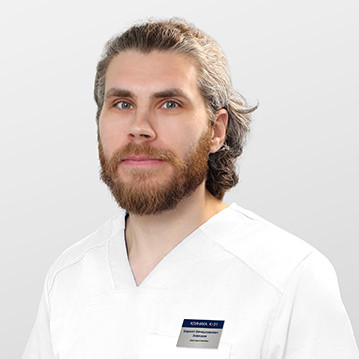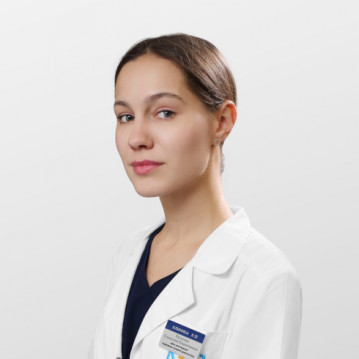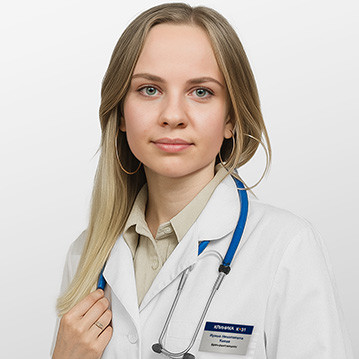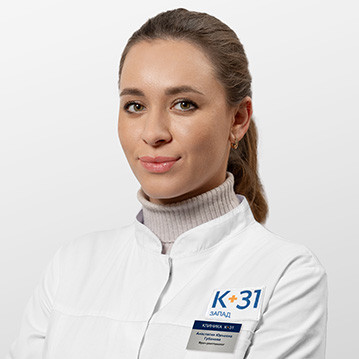Computed tomography of the chest organs is a modern and highly informative analogue of X-ray examination. CT of the chest is performed on a computer tomograph using X-rays and allows you to get clear high-resolution images with the possibility of 3D modeling of thin sections. The study has a radiation load on the body, therefore, it is carried out only according to indications and no more than 1-2 times a year.
What organs are checked during a CT scan of the chest
With the help of the study, the doctor can assess the structure, shape and condition of the organs of the human chest. What is included here:
- Skeletal elements - ribs, spine, collarbone.
- Mediastinal organs - heart, local lymph nodes, aorta, esophagus, thymus, paravertebral space.
- Respiratory tract - lungs, bronchi, trachea.
Depending on the reason for the visit, a general chest tomography or targeted CT of the ribs or CT of the lungs may be performed.
What does a chest CT scan show?
Unlike other methods of studying internal organs, when performing computed tomography, dense tissues, bones and joints are well visualized. This is due to the ability of X-ray radiation to display different tissues on a contrast image, based on their density and structure.
With the help of CT of the chest, the following pathologies can be diagnosed:
- Injury to the bones (ribs, vertebrae, collarbone) with a detailed image of the fracture area and damage to the surrounding soft tissues.
- Inflammatory processes in the lungs - complications from pneumonia, pleurisy, bronchitis, accumulation of fluid or gas in the lungs, sclerotic pathologies of the respiratory tract, tissue necrosis or abscess.
- Degenerative-dystrophic conditions of bone structures, vessels and soft tissues - osteoarthritis, gout, seronegative arthritis.
- Postoperative complications arising after surgery on the heart or respiratory tract - infectious inflammation of tissues, adhesions, mediastinal hematoma or osteomyelitis of the sternum, wound dehiscence.
- Oncological pathologies and metastases - cysts, lymphomas, thymomas, benign and malignant tumors, the location of metastases and the stage of the disease.
During the study, the diagnostician can see abnormalities in the development of organs, changes in their structure, functional pathologies, and diagnose diseases. With the help of CT of the mediastinum, it is possible to make an accurate diagnosis in diseases of the respiratory tract, to assess the form and degree of development of pneumonia, tuberculosis. During the examination, carried out in dynamics, it is possible to assess the disease, the effectiveness of the treatment.
With the help of CT of the chest organs, it is possible to study associated injuries, for example, a fracture of the sternum bones, and evaluate complications (pulmonary atelectasis, hemothorax, hemothorax, or hemopericardium tissue).
